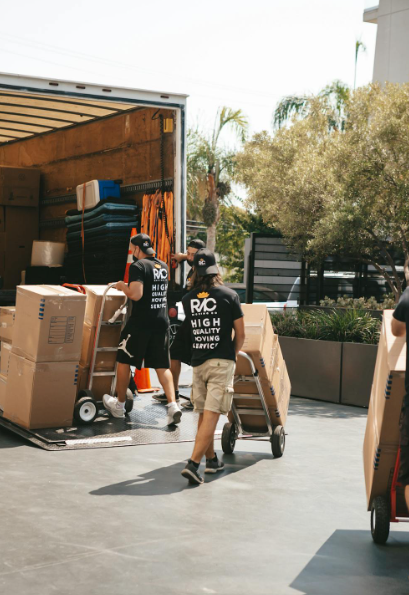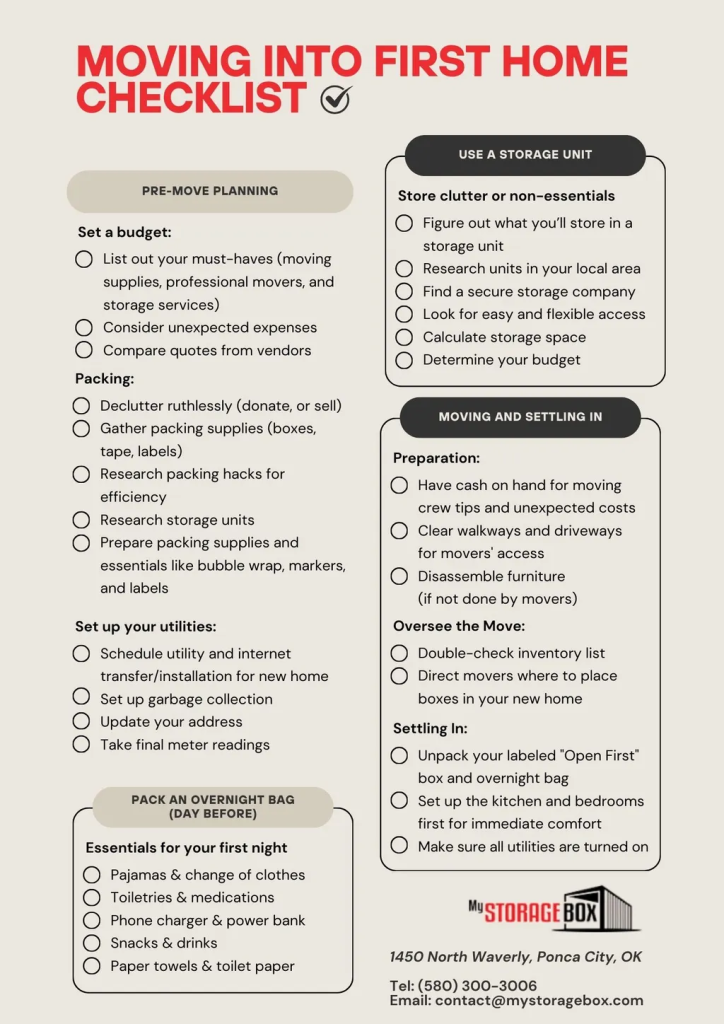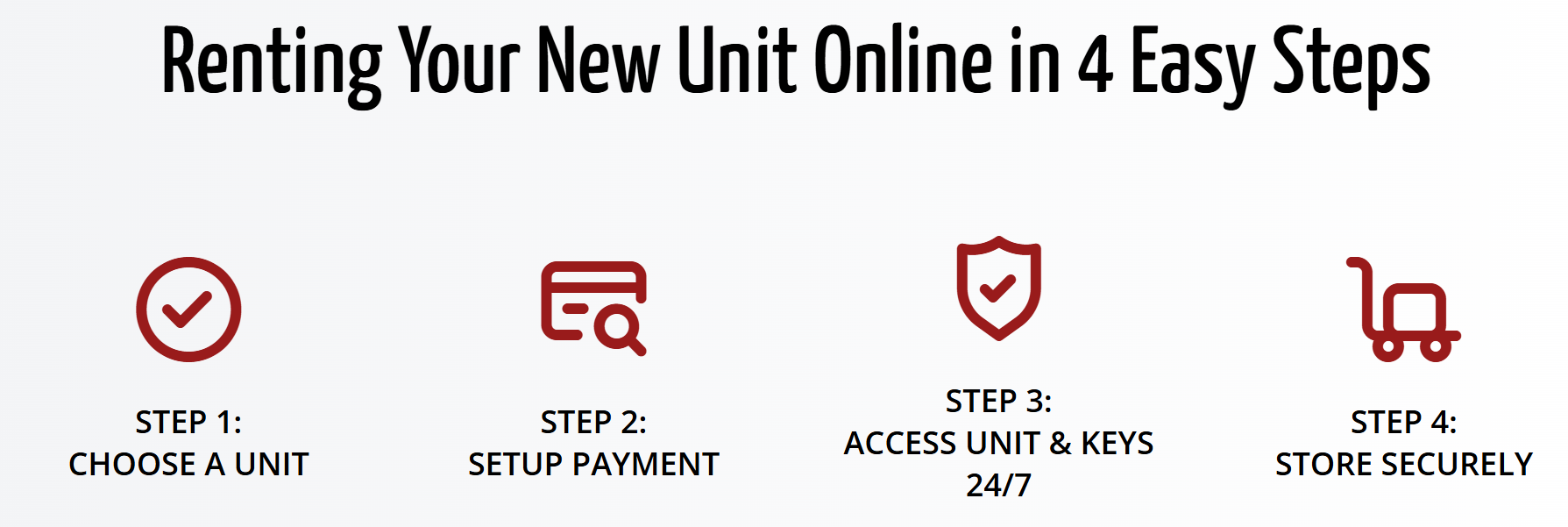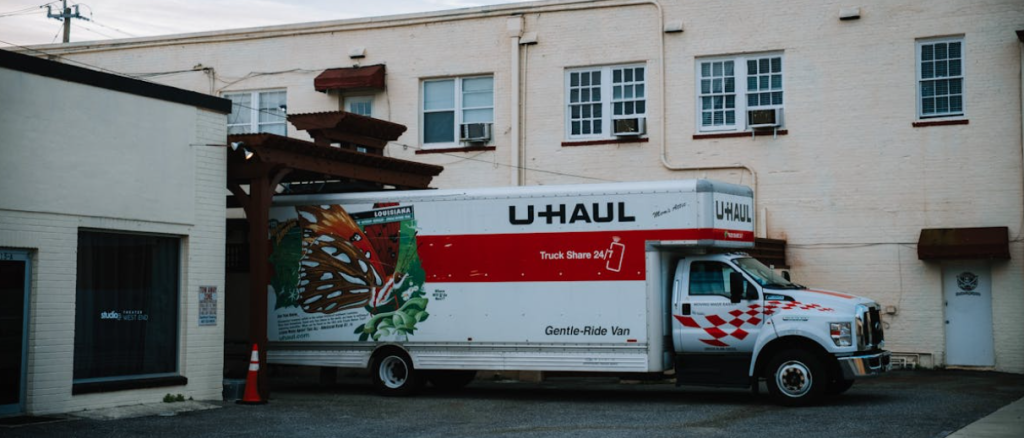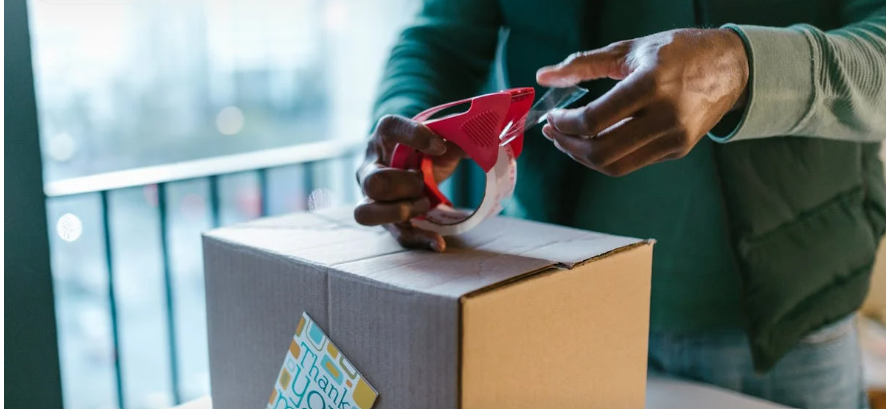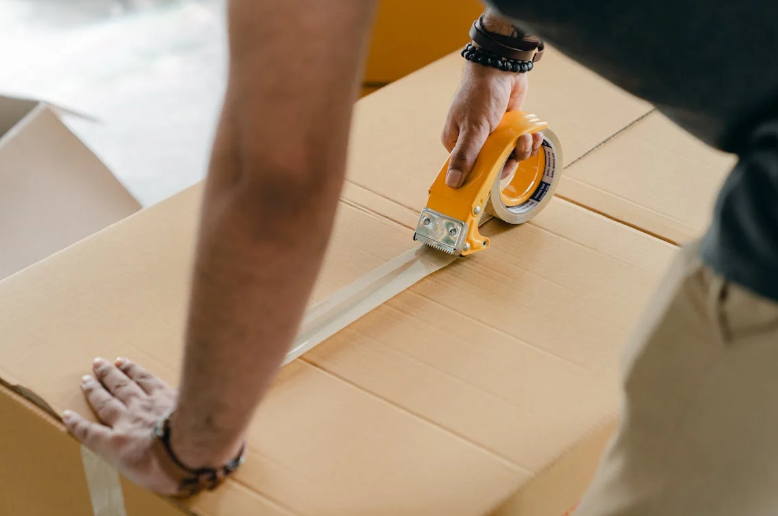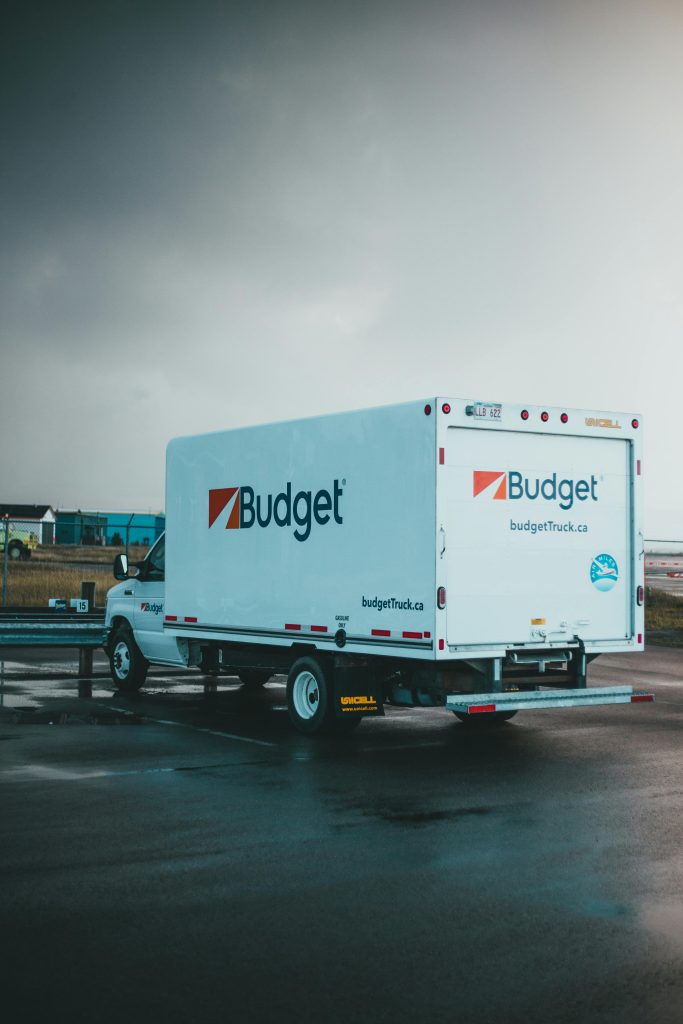How to Choose the Right Motorhome Storage Facility Near You
Spring has sprung all over the Great Plains and Midwest. The chill of winter has shaken off, and now the vivid greens of spring have taken the place of drab browns. And with springtime comes a host of outdoor activities: boating, fishing, and, of course, camping.
RVing is a huge industry in the U.S., with an estimated annual economic impact of around $140 billion. It provides almost 700,000 jobs and pays out over $48 billion in salary and wages annually. RVing is extremely popular in Oklahoma, especially with so many beautiful lakes and campgrounds in Northeastern Oklahoma, and our close proximity to the Ozarks in Missouri, Arkansas, and yes, our own ranges in Eastern Oklahoma.
My Storage Box is proud to offer secure, easily accessible outdoor storage for your RVs, whether you have a motorhome or a trailer. Let’s take a look at outdoor storage options.
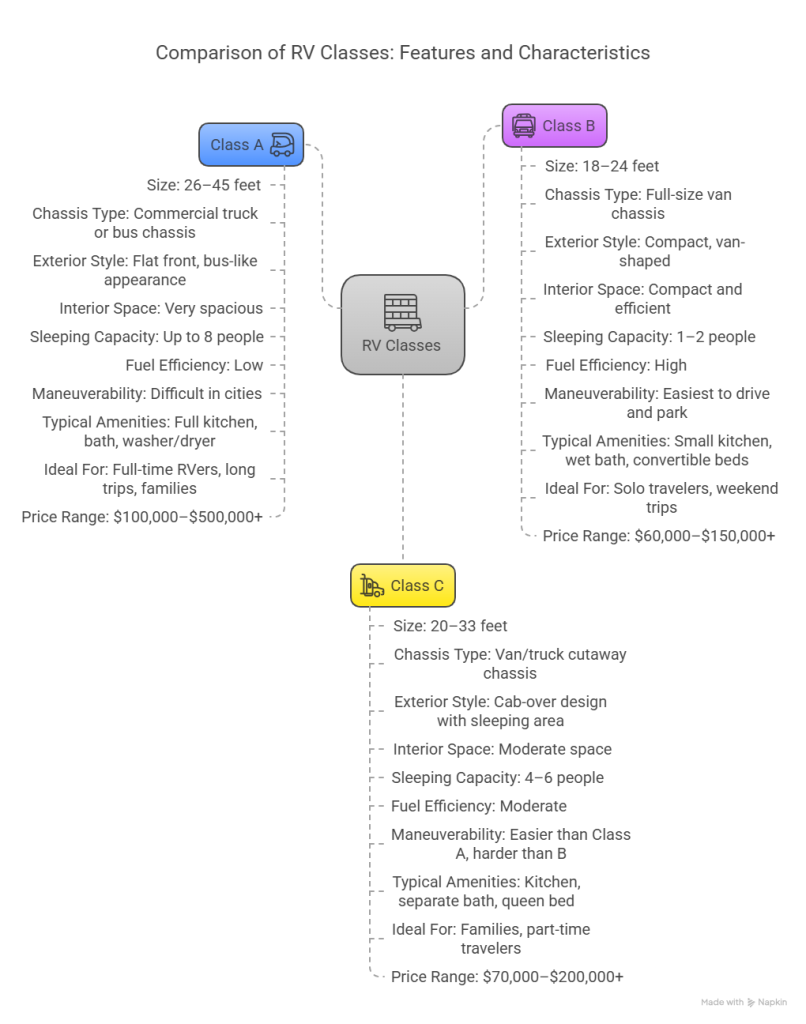
An Introduction to Motorhome Storage
Motorhomes are one of the most popular styles of RVs made, mostly because of their self-propelled nature. Trailers are a cheaper option, but they also require an adequate tow vehicle to get them from point A to point B.
Motorhomes come in various sizes and three different classes that are completely different in terms of build.
Class A Motorhomes
These are the classic, land-yacht style motorhomes that usually use a pusher engine configuration. These are high-end machines that are both large and expensive. Unlike RV trailers and smaller classes of motorhomes, Class A RVs offer vast amounts of space and use full-size medium-duty truck tires, axles, and brakes. They probably have at least one slide as well.
Price points on Class A RVs routinely get to $500,000, but they are very nice vehicles with plenty of capacity to tow a full-size tagalong vehicle behind without breaking a sweat, even when passing through mountain passes.

Class B Motorhomes
Motorhome classes are not done in a sequential order from largest to smallest, or vice versa. Class B motorhomes are what you might call a camper van. They take a large van and modify the interior to be a camper. These are great options for one or two travelers, and they are also easy to get in and out of anywhere that regular cars and trucks go. If you have ever driven an RV through a major city, you will understand how nice this is. These almost never use a slide, but they tend to be an affordable option if you are a DIYer.

Class C Motorhomes
Finally, we have Class C motorhomes. These are sort of an in-between unit between large Class A rigs and compact Class B van conversions. The Class C motorhome takes a cab and chassis from a commercial light truck or van and puts a camper on the back. Think of a cab and chassis truck like moving truck rentals use (U-Haul, Pensky, etc.). A Class C motorhome is essentially the same, but instead of a storage box, it features a camper.
Class C rigs are smaller and lighter than Class A rigs, but they are quite a bit larger than most Class B rigs. Also, they will still fit in front of your house most of the time, although getting them in the garage is another matter.

Why Storage?
Alright, so why should you put your RV in outdoor storage? For one thing, to save space at your home. A motorhome takes up a whole lot of space. This isn’t a terribly big problem when you live on acreage outside of the city, but what if you do live in town, as most people do?
Outdoor storage is a great idea to get RVs out of driveways and off the curb. Also, a lot of cities and towns have ordinances against this, especially if they are blocking any part of the driveway.
Plus, unless you have your own secure storage area, you are at the mercy of anyone who is trolling around, looking for things to steal or mischief to make. Our outdoor storage is gated and fenced with cameras all over. You can store your motorhome here with a lot less concern about storage space and parking, and you know it will be secure here.
Storage Solutions
There is no need to overthink storage solutions for your motorhome. You need a place to park it to get it off the street or out of your driveway, and you want the assurance that it is safe.
We have you covered.
Facility Features
We are committed to providing the most secure facility possible for our customers. You need access when you need access, and you need it to be safe. For outdoor storage, you are afforded a 10’x40’ gravel parking area for your motorhome in a fully automated, gated facility.
Security Measures
We protect your assets with the following security measures:
- Automated security gate
- Full perimeter fence
- 24/7 video monitoring
- Outdoor lighting
Access and Convenience
My Storage Box is accessible 24/7 with digital card access through a fully automated security gate. Got stuff from the lake that you need to drop off in a storage unit and park your motorhome, too, but you are pulling into town in the wee hours? No problem. Go for it!
We are located right off of North Waverly on the airport, so access was easy, and again, it’s open all the time.
Why Choose MSB
Why not kill two birds with one stone? If you have a motorhome or RV, you probably have extra items that you pack for your trips that don’t really have anywhere better to go. At My Storage Box, you can rent an outdoor parking area for your RV and a storage unit to keep your extra odds and ends in.
We make the process super easy, and you can do all of your storage in one spot. Do you have a spare car that you also need to store? Grab another outdoor storage spot beside your RV.
Motorhome Storage FAQs
Is The Area Covered?
No, our storage is all outdoor, open-air storage.
Is Power Available?
No, there is no power in our RV storage lot. Make sure to prepare your RV for storage without external power.
Is Outdoor RV Storage Secure?
Absolutely! Our RV storage is in the same secure lot where we keep our storage units. It is fenced and gated, and surveillance cameras are in place throughout the facility, so you know your RV is safe and secure.
Final Thoughts on Motorhome Storage Near You
How do you know you have the proper storage facility when there are so many? There are a few things to think about. For one, do you mind towing or driving your RV, or would you rather store it nearby and just haul it to the campsite for camping? Consider the location, type of storage, and amenities the facility offers.
Finally, if you are in the Ponca City area and need both a storage unit and are wondering about RV storage facilities, call us at (580) 300-3006! We offer both, making it a most convenient purchase for you. You can store all your camping essentials in a storage unit with your RV nearby and pack it all up when you’re ready to hit the road!

